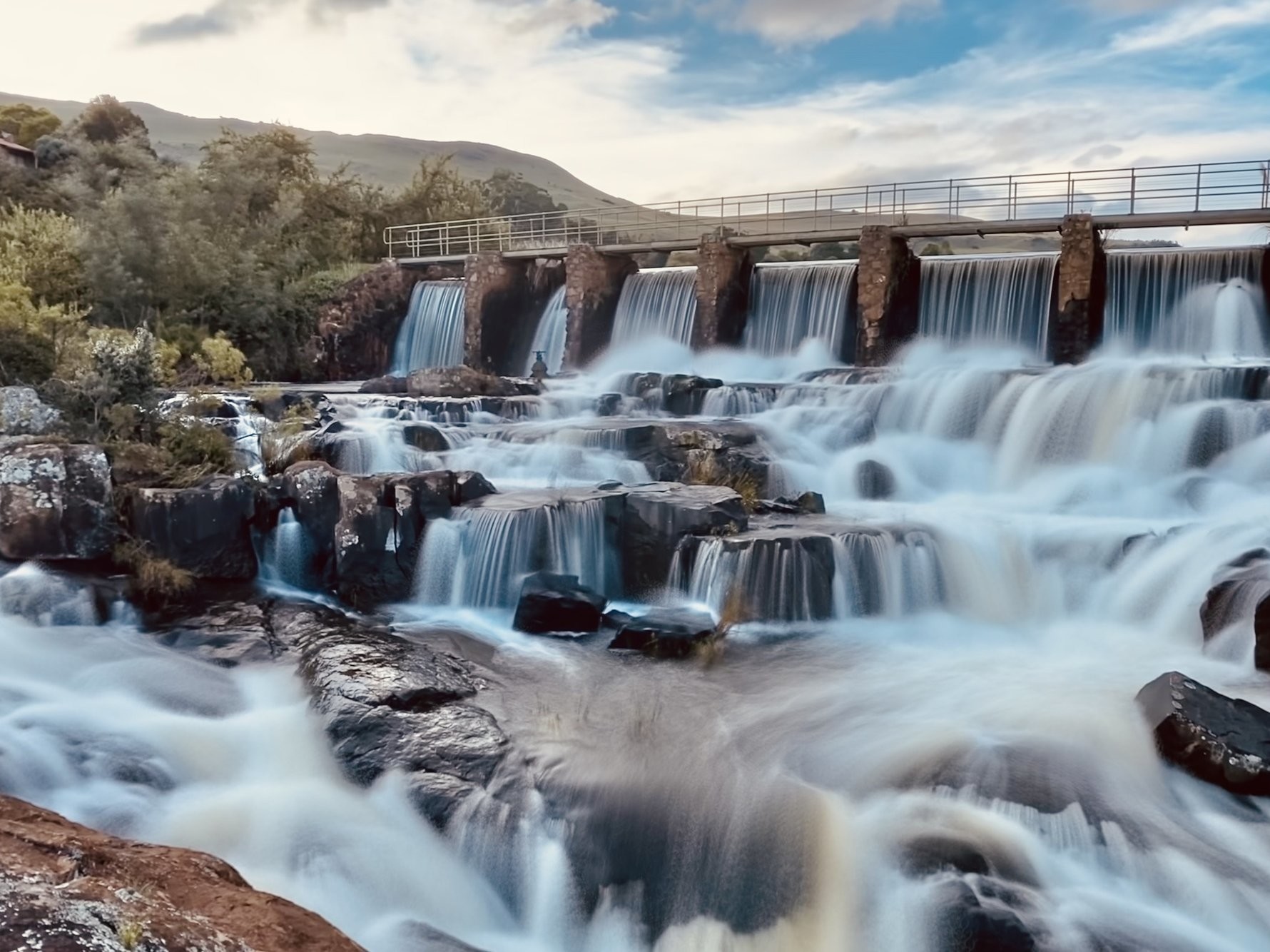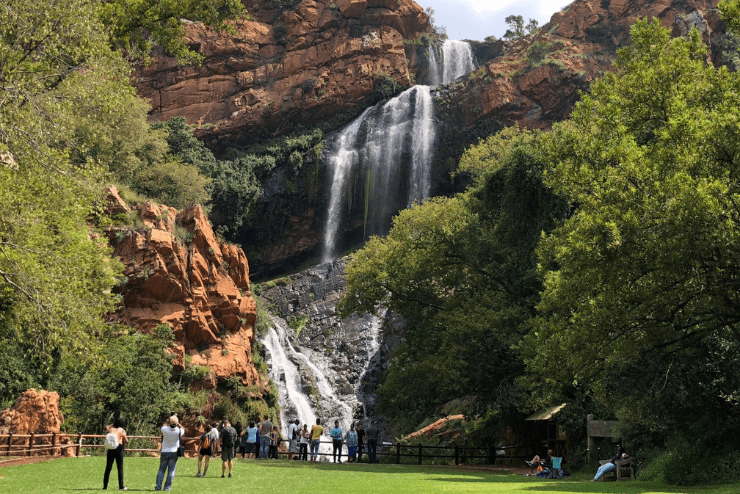What Does Johannesburg North Attractions Mean?
What Does Johannesburg North Attractions Mean?
Blog Article
The Best Guide To Johannesburg North Attractions
Table of ContentsNot known Incorrect Statements About Johannesburg North Attractions Things about Johannesburg North AttractionsThe Main Principles Of Johannesburg North Attractions Johannesburg North Attractions - TruthsThe Buzz on Johannesburg North AttractionsJohannesburg North Attractions Things To Know Before You Get This
The city grew on the edge of the Witwatersrand Key Reef, a below ground stratum of gold-bearing quartz-silica conglomerate that arcs for hundreds of miles underneath the Highveld - Johannesburg North attractions. Most of the gold mines in the city discontinued operation in the 1970s, but in its day the Witwatersrand gold sector accounted for even more than 40 percent of the globe's annual gold manufacturing.Johannesburg has a warm environment. The city enjoys regarding 8 hours of sunshine per day in both winter months and summer.
What rain the city receives falls almost exclusively in the summer months, typically in incredible late-afternoon electric tornados. Air pollution postures a substantial problem, particularly in the winter months, when thermal inversions hinder the westward circulation of air from the Indian Sea. Contamination is most serious in the densely settled Black areas on the city's periphery, where many residents still count on coal for gas.

The Ultimate Guide To Johannesburg North Attractions
The balance of the city is occupied by whites. Holiday accommodation differs in character and quality. Soweto is well-known for its unlimited rows of municipally developed, two-room matchbox homes, yet it likewise has a couple of prosperous enclaves in addition to bursting squatter camps, where tens of thousands live without water, power, or hygiene centers.
Physical growth, although somewhat restricted by transportation, proceeded promptly as migration to South Africa, and Johannesburg in specific, increased considerably.
Most poor residential areas were combined, with poor blacks and whites living with each other, although the rich suburban areas were typically scheduled for whites.
The approximated population of the area is 200,000, [] The number of people living in the inner city on an informal basis is unknown, as numerous are unlawful immigrants. Many higher-income locals and white people have moved to the northern suburbs and have been replaced by lower-income black individuals. The unemployment, education and learning, and age accounts of the area are all unknown, due to the problem of getting dependable details concerning the location.
The Single Strategy To Use For Johannesburg North Attractions
Yeoville and Bellevue have a mix of apartment structures and solitary domestic units on tiny whole lots. The area lies on a mountainous divide that runs from east to west. One of the most noticeable geographic feature is Observatory Ridge, which is called for the huge observatory located on it. The entertainment spaces are no more used, as a result of safety issues.

Johannesburg Stadium, a training school for both the Golden Lions and Orlando Pirates, is surrounding. The eastern suburbs of Johannesburg are located in the city's 7th [] and 9th [] regions. The location is also functionally integrated with East Rand boundary communities outside of the main limit of Johannesburg, such as Bedfordview and Edenvale (both component of Ekurhuleni Metropolitan Community).
The Of Johannesburg North Attractions
The eastern residential areas are some of the oldest areas of Johannesburg, there are huge communities of Jewish and other European histories, the majority of the population is English talking. There are three golf training courses as well as a number of secured ridges with viewsites.
Originally built to house male their explanation migrant employees, several have actually been enhanced as residences for couples and families. The suburb was not historically permitted to produce employment centres within the location, so virtually all of its citizens are commuters to other components of the city.
Johannesburg North Attractions Can Be Fun For Everyone
The N1 Western Bypass links the north residential areas with the north-western suburban areas. The property areas in the north suburban areas are mostly formal, without significant locations of informal housing, or real estate that lacks an irreversible structure. Although this is a well established location, there is a trend of land use modification from property to industrial, particularly along major arterial roadways and around well established nodes.
The location is well connected to road networks, especially along the north-south axis formed by the M1 and N1. Roads to the east and west are less well developed, as there are no freeways travelling in that direction. Towards the northern border of the city, the density of growth lowers, leaving large areas Bonuses of primitive land around Midrand.
The Best Guide To Johannesburg North Attractions
, which is located on a hillside ignoring the visit homepage inner city and Hillbrow.
Report this page